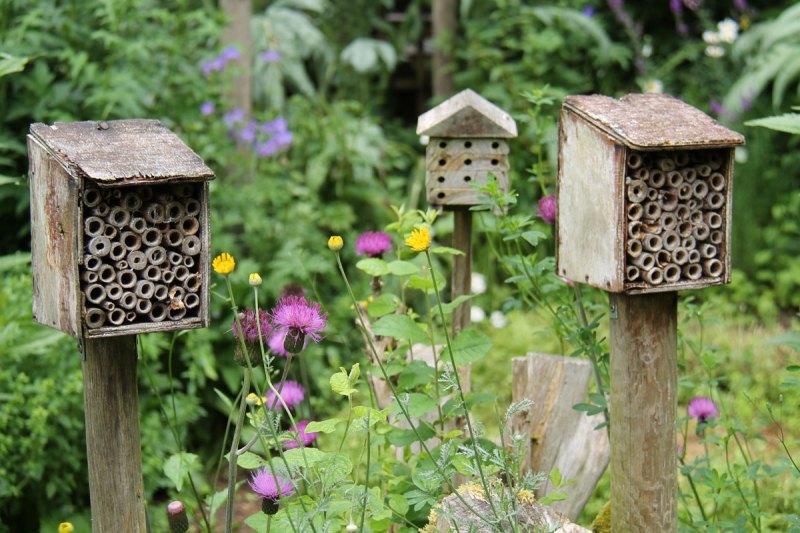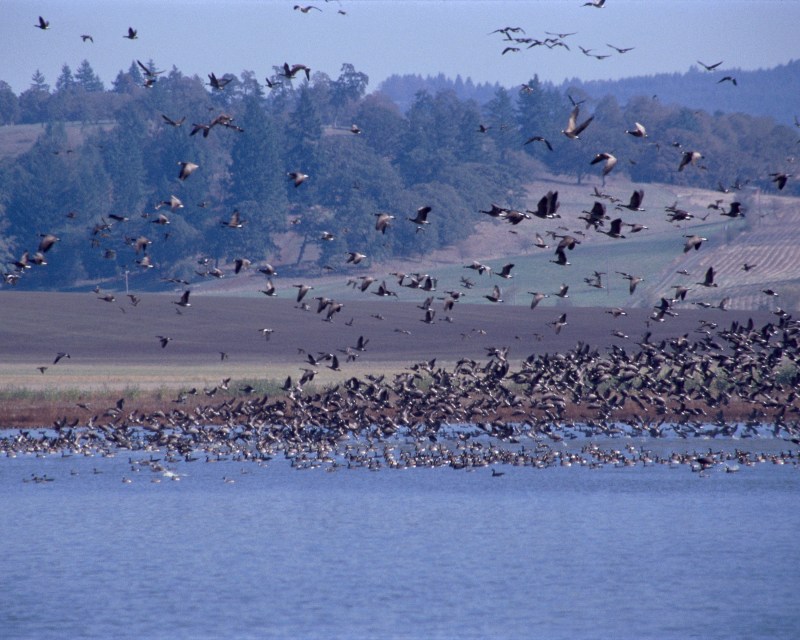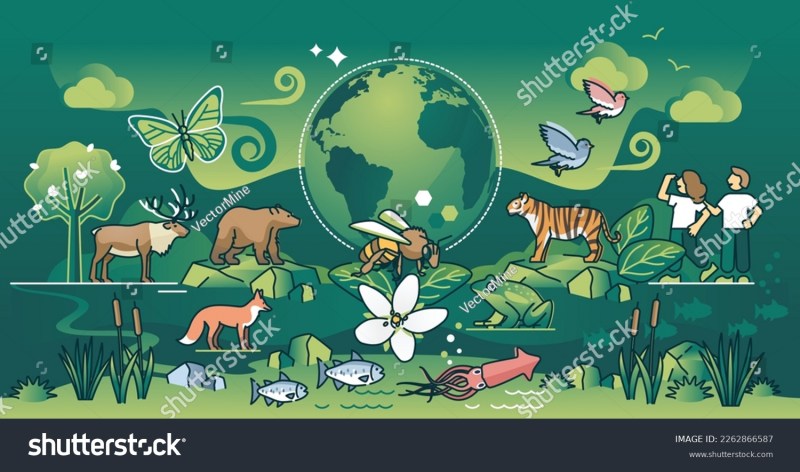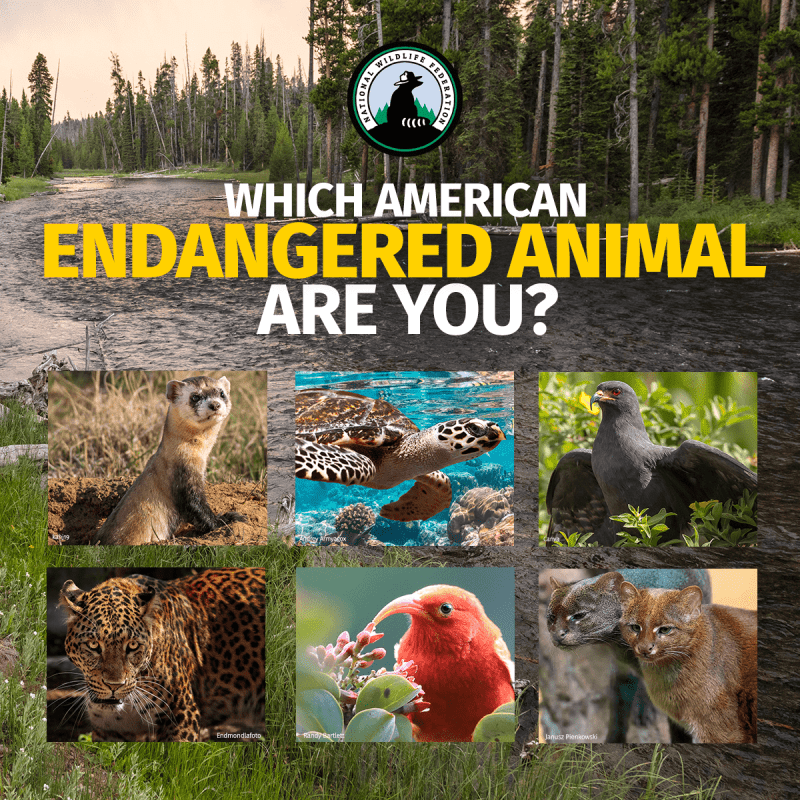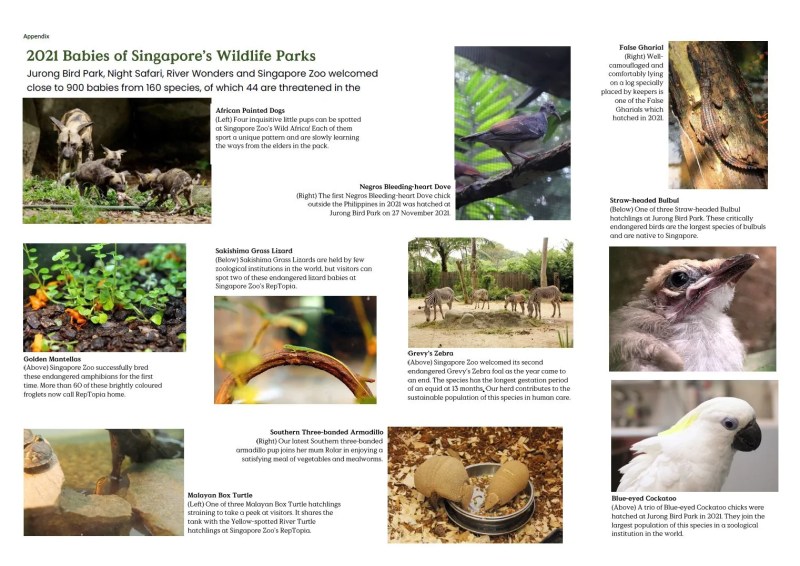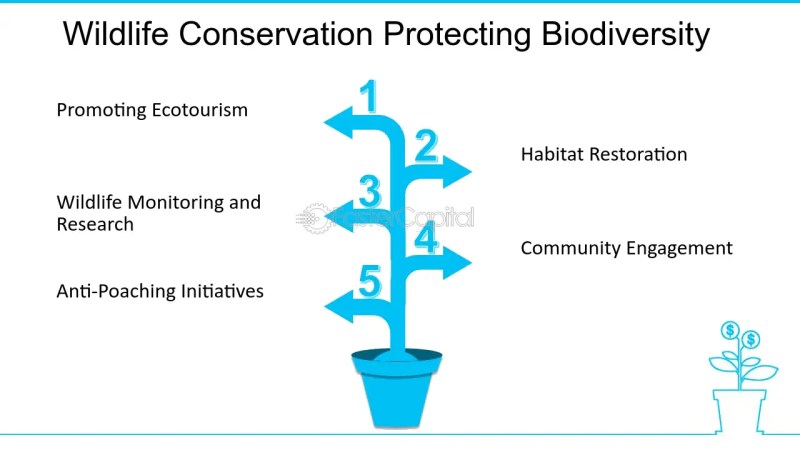bubblebeasts.xyz –As we face the realities of habitat degradation, biodiversity loss, and climate change, wildlife conservation has grown in importance on a worldwide scale. Ecosystems are under threat from human activity, rising urbanization, and the world’s rapidly expanding population, which affects both flora and wildlife. Global organizations like the Global Landscapes Forum (GLF) and the Wildlife Conservation Association have pledged to address these issues by promoting sustainable wildlife conservation methods that preserve natural habitats, increase biodiversity, and lessen conflicts between people and wildlife.
By examining the connections between ecosystems, human development, and biodiversity, this article seeks to explore the idea of sustainable wildlife conservation and offer insights into current initiatives to save species and landscapes. We will look at the significance of significant international gatherings, such as the GLF Africa 2024 Hybrid Conference, and important projects that promote cooperation between local populations, scientists, policymakers, and conservationists. By comprehending these problems and figuring out sustainable development plans, we can collaborate to build a future that benefits both people and animals.
The Importance of Sustainable Wildlife Conservation
The preservation and protection of animal species and their habitats while permitting the prudent use of natural resources is known as sustainable wildlife conservation. It seeks to guarantee that ecosystems continue to operate, biodiversity is preserved for future generations, and animal populations are kept at healthy levels.

Biodiversity has declined as a result of human actions including deforestation, overfishing, industrialization, and agricultural expansion that have severely damaged natural ecosystems. For example, about 45 percent of Africa’s land is degraded, endangering the existence of many species. But there are also a lot of chances to use sustainable landscape solutions thanks to Africa’s abundant natural resources.
For ecosystems to be resilient and stable, biodiversity is essential. Every species contributes differently to the environment, helping with pollination, nitrogen cycling, pest control, and other vital functions. An ecosystem’s delicate equilibrium can be upset by the extinction of even one species, which can have detrimental effects on human welfare and cause more deterioration. Understanding the interdependence of ecosystems, sustainable wildlife conservation aims to address the underlying factors that contribute to biodiversity loss, such as habitat loss, pollution, and climate change.
The Role of Global Events and Initiatives in Promoting Conservation
By uniting specialists, practitioners, legislators, and local people, a number of international organizations and platforms are actively advancing sustainable wildlife conservation. The Global Landscapes Forum (GLF), the biggest information platform in the world devoted to sustainable landscapes and natural resource protection, is one such organization.
Exploring Africa’s shifting landscapes—forests, savannas, drylands, freshwater systems, and oceans—will be the main topic of the GLF Africa 2024 Hybrid Conference, which will be held both online and in Nairobi, Kenya, on September 17. The purpose of this conference is to provide people a forum to talk about how Africa can take the lead in building sustainable futures in the face of swift environmental change. Participants will take part in panel discussions, breakout sessions, and presentations by professionals who will impart their expertise on creating thriving and sustainable landscapes.

The financial deficit for biodiversity, a critical problem in conservation efforts, can also be addressed during this event. In developing nations like Africa, where many rural populations depend on natural resources for their livelihoods, funding is especially important for conservation initiatives. In order to bridge the gap between the demands of animal conservation programs and the resources that are currently available, the 7th GLF Investment Case Study Symposium in Cali, Colombia, will examine investment potential in conservation initiatives.
The GLFx Java & Patera Foundation’s Reforestation and Livelihoods program in Padasenang, Indonesia, is another significant project. By improving market accessibility and creating new livelihood strategies for the local inhabitants, this initiative aims to revitalize damaged landscapes. Such programs contribute to the development of long-term sustainable solutions that benefit both people and animals by including local populations in conservation efforts.
The Role of Communities in Sustainable Wildlife Conservation
In order to conserve animals in a sustainable manner, local communities are essential. They may be strong partners in conservation efforts, but they are frequently the first to feel the effects of habitat damage and biodiversity loss. By fusing traditional knowledge with contemporary conservation methods, community-led projects are effectively tackling environmental issues in many areas.
For instance, young leaders in Caatinga, Brazil, are leading efforts to turn arid areas back into healthy ecosystems. These programs encourage sustainable practices and a sense of accountability and ownership over local natural resources by including the younger generation in environmental projects.
Young people in Rwanda are being taught the value of conservation via environmental awareness initiatives at Kayou Primary School in Bugesera District. Future leaders who will continue to support sustainable development and animal conservation must be shaped by early environmental education.
Human-Wildlife Conflict and Sustainable Hunting Practices
As human populations expand into previously wild areas, conflicts between humans and wildlife have become more common. These conflicts, known as human-wildlife conflicts (HWC), happen when wildlife is badly impacted by human interests or vice versa. Poaching, retaliatory killings, and habitat damage are some ways that HWC causes animals to disappear, endangering already fragile species.

The encouragement of sustainable hunting methods is one way to address this issue. Conservationists are striving to put regulations in place to guarantee hunting is carried out in a manner that does not reduce animal populations in areas like West Papua, where hunting is a customary activity. Sustainable hunting methods can benefit local populations’ cultural needs as well as animal protection by fusing scientific study with traditional expertise.
Furthermore, by enhancing habitats and lessening the adverse effects of human activity, sustainable wildlife management techniques seek to end conflicts. This strategy entails collaborating with regional administrations, conservation groups, and communities to create solutions that satisfy the need of both people and wildlife.
Addressing the Climate Crisis Through Conservation
One of the biggest dangers to ecosystems and species is the climate issue. Biodiversity is already being significantly impacted by rising temperatures, shifting weather patterns, and a rise in the frequency of natural disasters. Climate change, for instance, has made human-elephant confrontations worse in the Namib Desert by forcing elephants to approach human settlements in quest of food and water. As a result, there are now more conflicts between wildlife and local residents, underscoring the need for creative ways to mitigate the effects of climate change on both humans and animals.
To create resilient ecosystems, conservation initiatives that prioritize climate change adaptation are essential. For instance, the changing climate in the western United States is making dry woods more vulnerable to wildfires. By encouraging reforestation and fire-resistant tree species, which can lessen the effects of wildfires and guarantee the long-term survival of animals, conservationists are attempting to maintain these ecosystems.
The Urgency of Protecting Biodiversity
A sustainable and healthy planet depends on biodiversity. Both the environment and human well-being are significantly impacted by the extinction of species. Ecosystems will be under even more strain as the world’s population grows and the demand for natural resources rises.
International accords like the Sustainable Development Goals (SDGs) and the Paris Climate Agreement have established challenging goals for preserving biodiversity and encouraging sustainable land use in order to solve this problem. Governments, corporations, communities, and people must work together to accomplish these goals. Together, we can build a future where humans and wildlife coexist together.
Conclusion
The problem of sustainable animal conservation is complex and calls for international cooperation. Crucial elements of this endeavor include rehabilitating damaged landscapes, safeguarding biodiversity, and resolving disputes between people and wildlife. We can build a more equitable and prosperous world for people and animals by encouraging sustainable practices, encouraging cooperation among stakeholders, and incorporating local communities.
Positive change is achievable, as seen by the efforts of groups like the GLF and programs like the GLFx Chapters, Caatinga rehabilitation projects, and sustainable hunting methods in West Papua. Maintaining our commitment to building a sustainable future for all is crucial as we continue to face the problems of habitat degradation, biodiversity loss, and climate change.
- Sustainable Wildlife Conservation: A Path Towards a Balanced Future - August 10, 2024
- Dog Vaccination Care Tips - July 11, 2024
- Small Dog Breeds Guide - July 11, 2024

